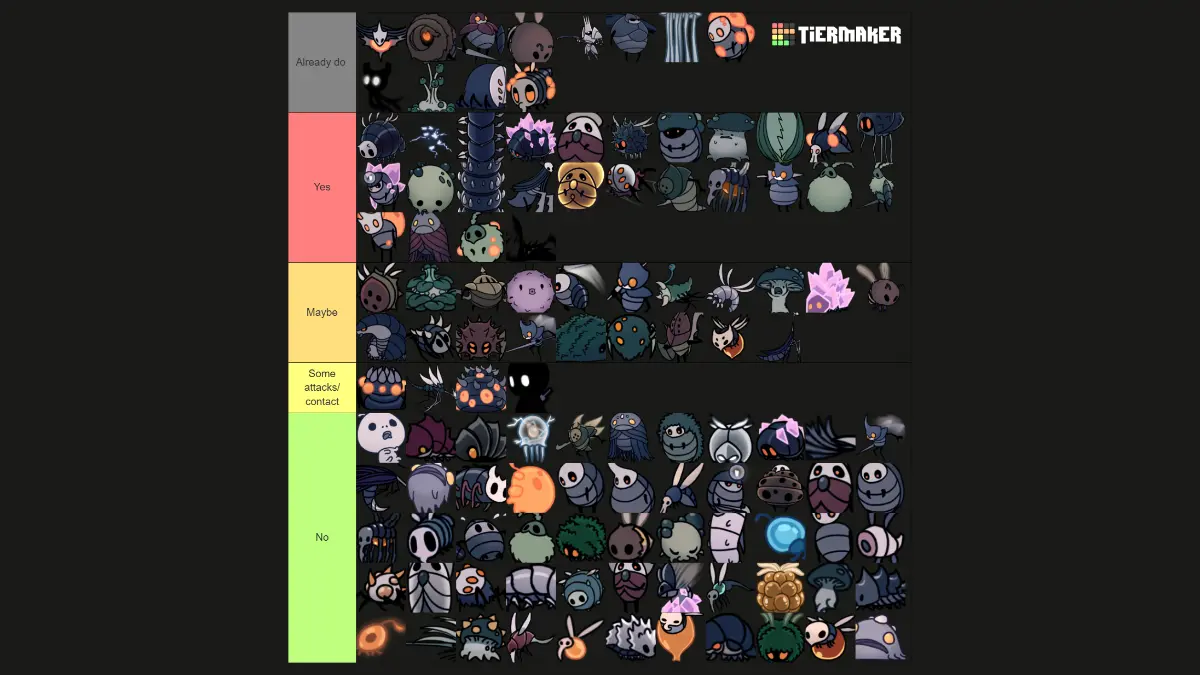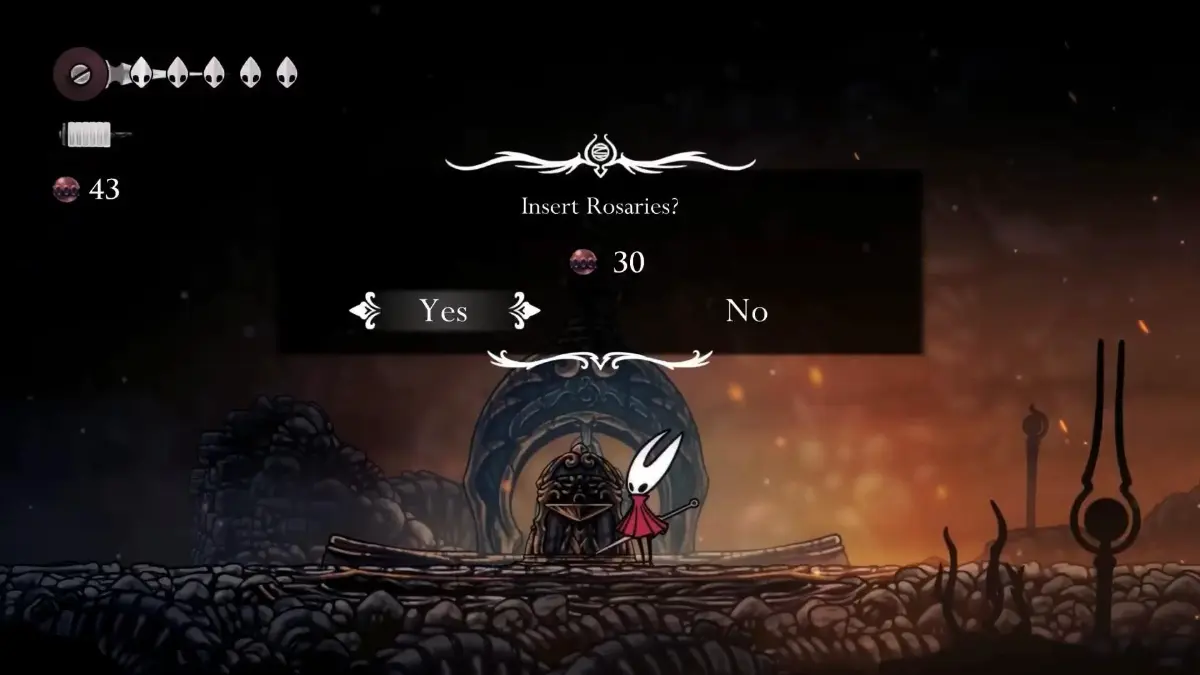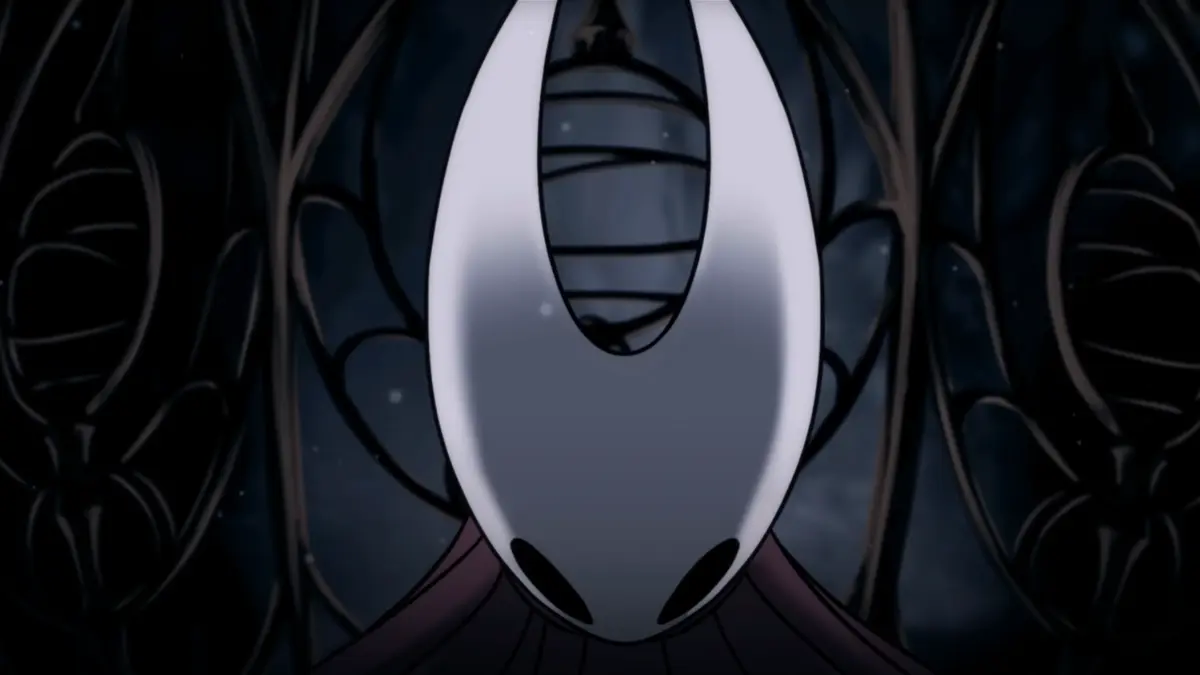As of this writing, Hollow Knight: Silksong has been out for two weeks. During this period, it’s been called everything from a “masterpiece” to a game that’s “uncompromising and unfair.”
Interestingly, both of those camps seem to cite the same thing as their number one argument for why Silksong is or isn’t the best thing ever: the difficulty. And love it or hate it, the majority seems to agree the game is pretty damn hard.
On September 9, Team Cherry itself seemingly admitted it went a bit overboard by promising nerfs to several bosses, which will arrive with the game’s first update. If the difficulty debate hadn’t already dominated early Silksong discourse, that announcement certainly pushed it front and center.
Two key questions have emerged from all this chatter, both of which go beyond the game itself: how much difficulty is too much? And are parts of Silksong‘s design outdated?
What makes Hollow Knight: Silksong so difficult
As the sheer variety of player complaints about Silksong’s difficulty illustrates, there’s no one single thing that’s responsible for the game feeling so brutal at times. Instead, the challenge is a combination of factors, which we can categorize into four groups.
Abundance of double damage
Hollow Knight had a dozen enemies that did double mask damage. 12… out of 164. Silksong has over 200 enemies, and while the exact number is still unknown, anecdotal impressions suggest at least half of them deal double damage.

In practice, the five masks you start with are basically just three real masks of health—especially once environmental hazards start dealing two points of damage only a few hours into the game.
Without spoiling too much, things get even worse later on, with certain bosses taking up to 3 masks of damage in a single hit. In the meantime, if you combine two-mask attacks with contact damage that also does two masks and stacks with hits, you get a recipe for getting deleted in a blink.
Lack of health and damage upgrades in early game
The double damage would be much less of an issue if players were able to get significantly stronger from exploration in the early game. Treating exploration as an interactive difficulty slider is something many metroidvanias do.
Silksong has different ideas. You still get stronger by being a diligent explorer, but your upgrades are very backloaded.
During the entirety of Act 1, you can obtain exactly one extra mask and one Needle damage upgrade. That’s 25% of available upgrades on both fronts. You’re likely to face around a dozen bosses by that point. Some will give you a really bad time, making you doubt yourself, thinking you must have missed something important.
Not only are upgrades scarce, but they’re also underwhelming on their own. After spending 10 hours dying in three hits to everything, you get your first health upgrade so that you can die in *checks notes* three hits to everything. Likewise, the first Needle upgrade doesn’t even cut down the number of hits most enemies take to kill
Boss runbacks, AKA evil checkpoint placement
If throwing yourself at hard-hitting bosses with no upgrades wasn’t difficult enough, Silksong often makes you take a walk of shame just to reach them between failed attempts. The checkpoint-to-boss routes tend to be full of enemies and other hazards as well. So, it’s more like a walk (dare I say path) of pain.
These excruciating boss runbacks are some of the most common difficulty complaints among Silksong players. The Bilewater boss is arguably the single biggest pain point here, but far from the only one.
Even FromSoftware, the company whose games clearly inspired much of Hollow Knight and Silksong’s design, mostly moved away from boss runbacks with Elden Ring. As such, some players feel this addition is outdated, rooted in the 2010s design sensibilities, and just generally disrespectful of their time.
The counterargument is that many Silksong bosses have pretty simple movesets, so the runbacks add context by making them the final piece of the challenge rather than the whole thing. Not that this makes them less annoying, mind you.
Harsh in-game economy
Until you’ve stacked enough stat upgrades to matter—about halfway into Silksong—tools will be your best friends in tough fights. The catch is, they cost rosaries, yet another resource that’s painfully scarce in the early game.
There are entire areas where enemies don’t drop any rosaries, so if you want to get their maps and markers in one go, you might be forced to go back somewhere else and grind.

On top of that, keys cost rosaries, some doors themselves cost rosaries, and if you thought the Pale King from Hollow Knight was a tyrant, just wait until you realize there are no state-funded benches in Pharloom. That’s right: checkpoints cost rosaries.
Making matters worse, bosses don’t drop currency, and even secret rooms usually only hide a handful of rosaries. Then you hit them and half of them roll off into lava as if hell itself tariffed them. There’s a way to minimize this particular issue, but it requires sacrificing one of your very few tool slots.
All of this slows progression to a crawl. And like with health and damage upgrades, the issue is particularly bad in the early game, when Hornet is flat-out broke, getting shaken down for spare change every time she wants to sit on one of those anti-homeless benches.
Hollow Knight trained players to expect a dopamine hit for finding a chest behind a secret wall or defeating a tough boss. Silksong, more often than not, rewards that effort with a slap in the face, then charges you rosaries for the experience.
Expectations vs. reality
Legendary film critic Roger Ebert was a big believer in intentionalism: the idea that art should primarily be judged by how well it achieves the creator’s intentions. Reviews will always be subjective, of course, but this approach at least offers a way to bring some consistency to art critique.
The catch? Author intent isn’t always easy to pin down. Fortunately, when it comes to Silksong and its difficulty, we can go straight to the horse’s mouth.
In a 2020 interview with Edge, Team Cherry co-director Ari Gibson said Silksong is meant to be “a perfect jumping-on point for new players.
We’re trying to be really, really mindful that we want this to be a game that new people can come into, and experience as their first Hollow Knight game–that it sits alongside the original game, and the difficulty also sits alongside the game in that way.
Ari Gibson, Team Cherry
Regardless of whether you consider Silksong a masterpiece, terrible, or something in between, we can probably all agree that newbie-friendly, it is “really, really” not. And while difficulty is relative, the upcoming nerfs indicate that the developers themselves think they overtuned parts of the game.
Is Silksong too difficult?
Difficulty is an entirely subjective concept. How much is too much? When the time tax outweighs the lesson the game’s trying to teach you. But the answer to whether Silksong—or any other title—is too hard, no matter what makes it challenging, will always vary from person to person
One player will consider dying to the same boss 10 times as too much. Another will proudly meme about getting past pre-nerf Moorwing after 30 attempts.
Sometimes, the line between “this isn’t fair” and “maybe people just need to git good” comes down to whether you have already made it past that so-called unfair part.
Team Cherry did once say Silksong was meant to be newcomer-friendly, but that was over five years ago. Priorities can shift over time. Hell, they might’ve just gotten high on their own supply and accidentally overtuned the game, forgetting to check in with testers. Half a decade is a long time.
Another thing to keep in mind: it’s only the second week of the post-Silksanity era. Players will get better at the game, optimal strategies will emerge, elaborate guides will get written up, and the community on the whole will get closer to mastering Silksong over time.
As such, even if it seems the Silksong difficulty debate has already reached a conclusion, its findings are very context-dependent and prone to changing.

Doubly so given that this game raises not just the skill floor but also its ceiling compared to Hollow Knight: Hornet’s fragile, sure, but also faster and more agile. Healing’s resource-intensive, but also three times as effective as in the previous game. You can even pull it off mid-air!
All of these extra options suggest Silksong, on the whole, was designed to encourage aggressive play. But that’s not something that always comes naturally, especially if you just finished Hollow Knight. In that case, it might even seem outright counterintuitive.
What’s clear is that more time is needed to gauge how difficult Silksong really is. Give it a few weeks, and the bosses people are cursing today will likely start appearing in highlight reels and “easy strat” guides tomorrow.
What feels punishing now may end up being remembered as just another step on the learning curve. In the meantime, let’s just try to enjoy the ride without worrying about “silk issues.” After all, you’ll only get to play Silksong for the first time once.


